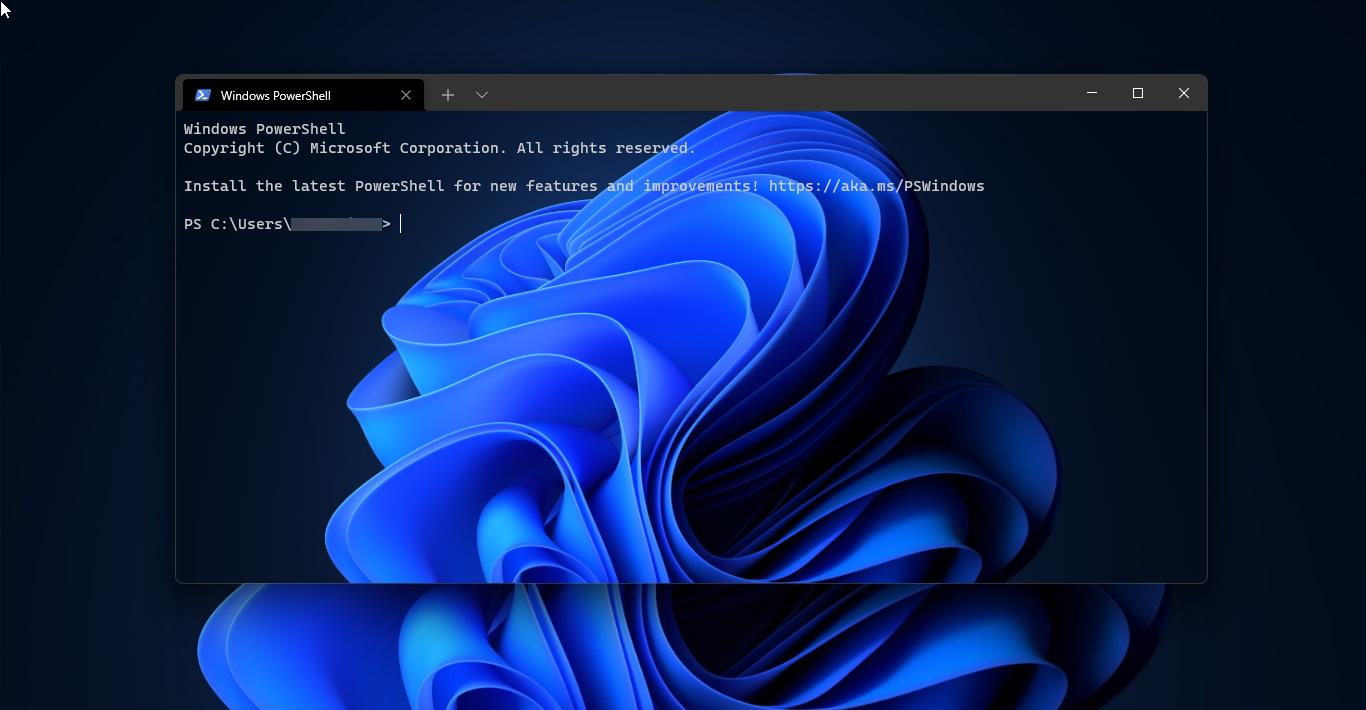

Open the shortcut menu for the active window.Ĭlose the active document (in apps that are full-screen and let you have multiple documents open at the same time).


Show your password on the sign-in screen.Ĭycle through items in the order in which they were opened.ĭisplay properties for the selected item. Search for a file or folder in File Explorer.ĭisplay the address bar list in File Explorer.Ĭycle through screen elements in a window or on the desktop. For more such content, keep reading Tweak Library.Close the active item, or exit the active app. And, if up until now you haven’t seen Windows Terminal or didn’t know how to open Windows Terminal, maybe this post will pique your interest. It’s always fun to delve deep into the various facets of the Windows operating system. From the right-hand side, select Launch on machine startup.Click on the dropdown next to the + sign in the tab and click on Settings as shown in the screenshot below.Using any of the above ways open Windows Terminal.Back to configuring Windows 11 Windows Terminal on startup – here’s how that can be done – On the other hand, you can always manage your startup items using the ways we have mentioned in this post. You can choose to launch the Windows Terminal as soon as your Windows boots up, quite like any other app. When the dialog box opens, type wt.exe and press Enter. All you have to do is press Windows key + R to open the Run dialog box. Run Windows Terminal With The Help of Run CommandĪnother quick way to fire up Windows Terminal is to use the Run dialog box which again is a fairly simple process. So, your shortcut will be CTRL + ALT + WĮvery time you press this combo, Windows Terminal will open. Right-click on the Windows Terminal shortcut you have just created.Here we shall assign a shortcut to the Windows Terminal shortcut that we have created above. %LocalAppData%\Microsoft\WindowsApps\wt.exeįiring up something at the command of a hotkey combo has a charm of its own and the same can be applied to Windows Terminal. In Type the location of the item copy-paste the below-mentioned text.Want to save yourself the effort of going through the above 2 steps every single time? How about creating a shortcut for Windows Terminal on the desktop. Then click on More > Run as administrator Scroll down to the letter W and right-click on Windows Terminal.Click on All apps from the right-hand side.Click on the Start button, or you could even press the Windows key on your keyboard.You can even reach the Windows Terminal with the help of the Start Menu. Start Menu is the place where you can find all the apps installed on your computer (desktop or laptop).


 0 kommentar(er)
0 kommentar(er)
